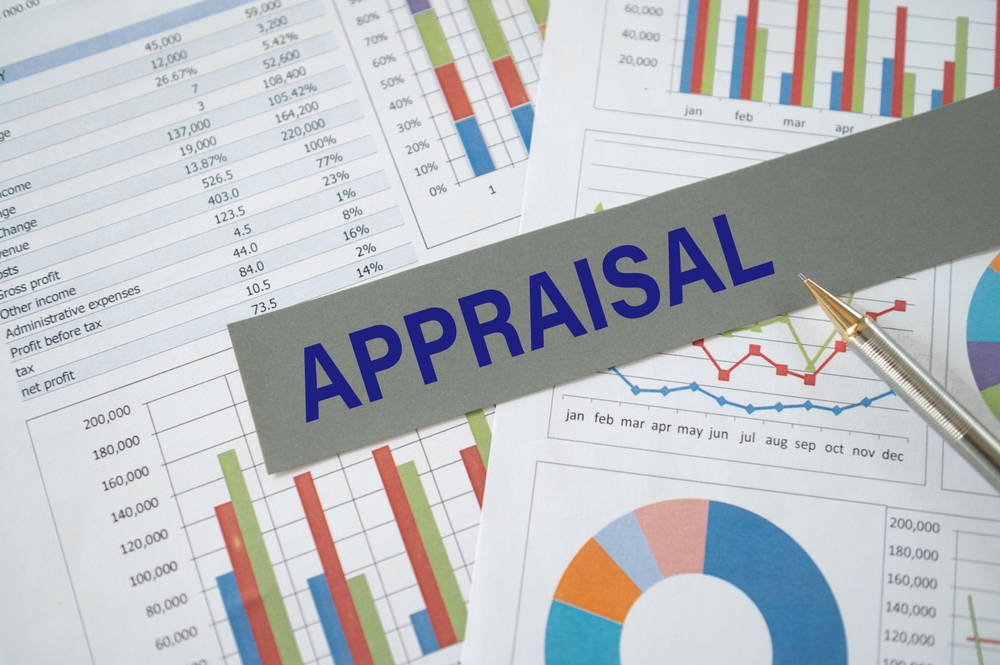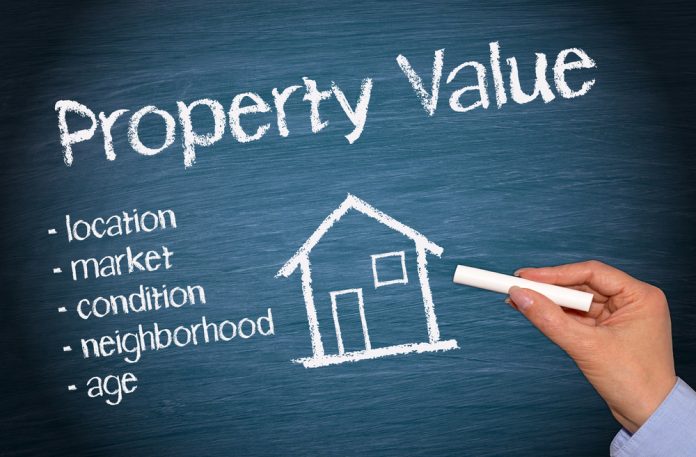Picture this: you’ve found the perfect home, your offer is accepted, and everything is lining up for a smooth closing. Then the appraisal comes in low, and suddenly, your dream home feels like it’s slipping through your fingers. A low appraisal can disrupt even the best-laid plans, but there’s a way to protect yourself from that kind of heartbreak.
That’s where appraisal gap coverage comes in.
This strategy can give buyers more confidence, give sellers more peace of mind, and keep deals from falling apart over an unexpected number on a page. If you’re navigating a competitive real estate market, understanding how appraisal gap coverage works can make all the difference between winning the home you want and starting your search all over again.
What is Appraisal Gap Coverage?
Appraisal gap coverage is a clause written into a real estate contract that states the buyer will bring in extra cash to cover the difference between the appraised value of the property and the agreed-upon purchase price. This is important because lenders base their loan amount on the appraised value, not the purchase price. When the appraisal comes in low, the gap has to be covered somehow—either through renegotiation, additional funds, or, in the worst case, the deal falling apart.
Including appraisal gap coverage can help prevent that last scenario. By agreeing in advance to cover a specific amount of the difference, buyers provide the seller with confidence that the deal won’t collapse over an appraisal issue. It’s a tool that’s often used in hot markets where multiple offers are common and homes can sell above list price.
This coverage doesn’t mean a buyer is on the hook for an unlimited amount. Typically, buyers agree to cover the gap up to a certain dollar amount. That keeps everyone clear on expectations and avoids last-minute surprises at closing.
Why Appraisal Gap Coverage Matters in a Competitive Market
In a fast-moving market, it’s not unusual for homes to sell for more than the appraised value. Appraisers rely on comparable sales to determine value, and when prices are rising quickly, recent sales may not fully reflect what buyers are willing to pay today. That’s where appraisal gap coverage becomes a smart strategy. It helps bridge the difference between the appraised value and the contract price, keeping the deal alive.
For buyers, offering appraisal gap coverage can make your offer more appealing. Sellers want certainty. If they know you’re willing to cover part of a potential shortfall, they may choose your offer over someone else’s, even if the other offer is slightly higher. From a seller’s perspective, this coverage reduces the risk of delays, renegotiation, or a collapsed contract, which can save time, money, and stress.
As someone who has worked with many buyers and sellers, I’ve seen how much peace of mind this can bring. When the appraisal comes in lower than expected, the last thing anyone wants is a scramble to renegotiate. Appraisal gap coverage helps set expectations clearly from day one.
When Appraisal Gap Coverage Can Be a Smart Move

Appraisal gap coverage isn’t for every situation. It tends to make the most sense when market demand is high and sellers are receiving multiple offers. In these conditions, it’s not uncommon to see buyers offering to cover a set amount of an appraisal gap to strengthen their offer. This can make a big difference in getting your offer accepted.
If you’re a buyer, it’s crucial to know your budget. Covering a gap requires bringing additional cash to closing, and you should only agree to what you can comfortably afford. This is why talking with your lender ahead of time is essential. You want to be clear on what’s possible financially before putting it in writing.
For sellers, accepting an offer with appraisal gap coverage can offer real protection. It signals that the buyer is serious and prepared to make the deal work, even if the appraisal falls short. That can give you more confidence that your transaction will move forward smoothly.
How Appraisal Gap Coverage Works in Real Life
Let’s walk through a practical example. Suppose you’ve agreed to buy a home for $400,000. When the appraisal is completed, it comes back at $390,000. That’s a $10,000 gap between the agreed price and the appraised value. If you’ve included appraisal gap coverage of $10,000 in your offer, you’ve already committed to covering that shortfall at closing. The lender still lends based on $390,000, and you bring in the difference in cash.
Here’s another scenario. Maybe the appraisal comes in $20,000 low, but your contract includes appraisal gap coverage up to $10,000. In that case, you could choose to cover the $10,000 you agreed to and renegotiate the remaining $10,000 with the seller. Often, this leads to a compromise that allows the deal to move forward without starting over from scratch.
These kinds of agreements can help both parties navigate a tricky situation with less stress. Buyers know what they’re committing to, sellers have reassurance, and everyone avoids that last-minute panic when the appraisal report comes in.
Key Considerations Before Including Appraisal Gap Coverage

Before agreeing to appraisal gap coverage, it’s important to evaluate your overall financial picture. Bringing extra cash to closing may affect your down payment, reserves, or future home improvement plans. Working closely with your lender and agent ensures that you’re making a well-informed decision.
It’s also wise to consider the long-term implications. Paying above appraised value doesn’t automatically mean overpaying if the market is appreciating quickly—but you should still be confident in the value you see in the home. Understanding local market trends and comparable sales is crucial here.
Finally, make sure the clause in your contract is written clearly. It should specify exactly how much of a gap you’re willing to cover and under what conditions. A well-drafted agreement avoids confusion and helps keep your transaction on track.
Making Appraisal Gap Coverage Work for You
When used strategically, appraisal gap coverage can be a powerful way to strengthen your offer or protect your sale. It’s not a guarantee that everything will go perfectly, but it gives both sides a clear plan if the appraisal doesn’t match the purchase price. That clarity can be a real advantage in today’s market.
If you’re considering using appraisal gap coverage, talk it through with your real estate agent and lender. They can help you understand how it fits into your overall strategy and whether it’s the right move for your specific situation. Real estate transactions are rarely one-size-fits-all, and having a team that understands your goals makes all the difference.
And if you want to learn more about how the appraisal process itself works, make sure to check out my earlier video on that topic. The more you understand how these pieces fit together, the more confident you’ll feel when making big real estate decisions.
FAQ: Appraisal Gap Coverage

What is appraisal gap coverage?
It’s a clause in a real estate contract that allows the buyer to bring in extra cash to cover the difference between the appraised value and the purchase price.
When is appraisal gap coverage most useful?
This strategy is especially helpful in competitive markets where homes are selling above list price and appraisals may not keep pace with demand.
How much should buyers agree to cover?
That depends on your budget and comfort level. Many buyers agree to a specific dollar amount to protect themselves from committing to more than they can afford.
Does appraisal gap coverage guarantee the deal will close?
No, but it significantly lowers the risk of a deal falling apart due to a low appraisal by clearly outlining how the gap will be covered.
Is appraisal gap coverage risky?
It can be if you overextend yourself financially. Work with your lender and agent to make sure you’re making a responsible decision.

